![[사진 = 픽사베이 제공] 사우디아라비아 리야드 도심 야경.](/news/photo/201906/18238_21090_442.jpg)
무함마드 빈 살만(34·MBS) 사우디아라비아 왕세자 겸 부총리가 오는 26일 한국을 방문한다. 문재인 대통령의 공식 초정으로 이뤄진 빈 살만 왕세자의 방한은 이번이 처음이다. 사우디 왕위 계승자로서는 지난 1998년 압둘라 왕세제 이후 21년만에 방한으로 향후 양국의 경제 협력 강화에 대한 기대감이 높아지고 있다.
우리나라 국민들에게 사우디아라비아는 과거 1970~80년대 국내 건설, 중공업 분야의 기업들이 중동 지역에 진출하면서 이 지역의 맏형 국가로 인식되어 있다. 특히 척박한 중동 모래사막에 한국인들의 땀으로 일궈낸 토목, 건축 공사의 결과물들은 오늘날에도 양국의 성공적인 경제협력의 상징물로서 자리 잡고 있다. 당시 양국의 협력을 통해 한국은 이른바 '한강의 기적'이라고 불리는 눈부신 경제 성장의 밑거름이 됐던 외화 조달이 가능했고, 사우디아라비아는 성공적인 국가 인프라 시설 구축을 이뤄내며 도시 국가로서의 기반을 닦을 수 있었다. 어느 한 나라 이익에 치우치지 않았던 양국의 성공적인 경제협력은 현재까지도 국제사회에서 모범사례로 꼽히고 있다.
양국의 관계는 단순히 1970~80년대의 성공적인 경제협력국으로써 뿐만 아니라 수 세기에 걸쳐 교역은 물론 피를 나눈 형제국으로서 볼 필요성이 있다. 양국의 관계는 지난 6세기에 한반도를 처음 밟았던 아라비아 상인들의 왕래를 시작으로 고려와, 조선시대를 거쳐 1950년 6.25 한국전쟁 당시 한국에 물자를 지원하며 현재까지 이어져 오고 있기 때문이다. 실제 한국의 ‘덕수 장’씨는 왕으로부터 성씨를 하사 받은 아라비아의 후손으로 자손수가 30만명에 달한다.
이에 글로벌디지털경제신문 [비즈니스리포트]는 오는 26일 빈 살만 사우디아라비아 왕세자의 첫 방한을 맞아 'Korea- Arabia, We are brothers.'란 제하의 특집기사를 통해 한국과 사우디아라비아가 수 세기에 걸쳐 형제국으로써의 관계를 형성해 온 발자취와 미래상을 조명해본다.
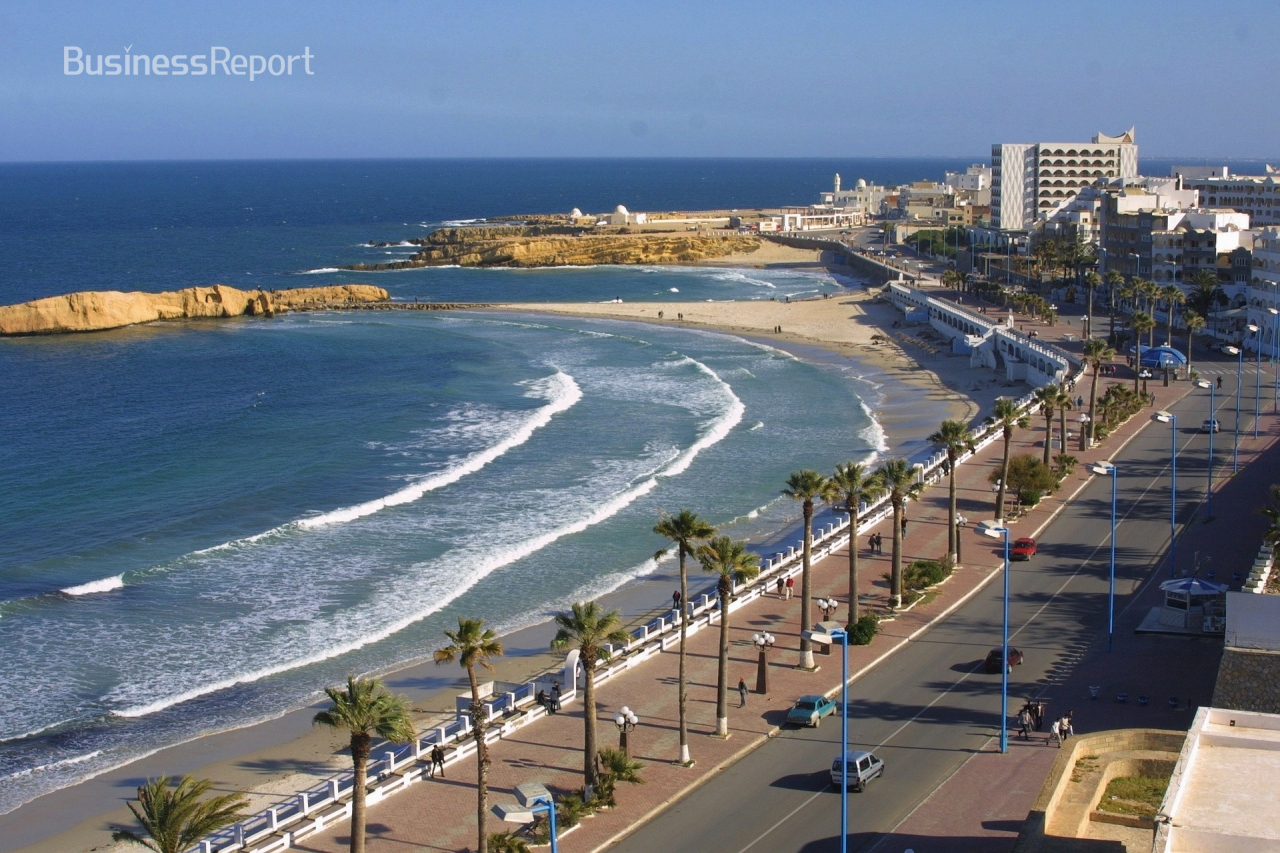
# 6세기에 시작된 한반도와 아라비아의 만남
한국과 아라비아의 첫 만남이 가능하게 했던 국가는 삼국시대의 백제다. 백제는 4세기 중엽 고구려와의 전쟁에서 승리해 서해 제해권을 장악하면서 동북아시아, 동남아시아, 인도에 이르는 바닷길을 통해 해상 무역로를 개척해 후대에 아라비아 상인이 한반도에 오게 하는 길을 열었다.
아라비아 상인들이 한반도에 왕래하기 시작한 것은 6세기 신라시대다. 울산항을 찾아온 아라비아 상인들은 신라를 “전염병이 없고, 물이 좋고, 땅이 기름지고, 사람들이 순박하고, 자연이 아름답다”. “불멸의 땅으로 한번쯤은 가보고 싶은 이상향의 국가”로 소개해, 이때부터 아라비아 상인들이 신라를 Al-Shila, Kaoli라고 불러 지금 한국이 Korea로 됐다. (이슬람학자 Rashid Al-Din, 1247-1318, 세계통사, 집시 Al-Tawarikh”)
통일신라시대는 아라비아인들의 한반도 왕래가 더욱 왕성해지는 시기였다. 국제무역항 울산항이 있는 통일신라는 백제나 고구려와는 달리 귀족들이 돈을 벌기 위해 해상 무역에 직접 나서며 상업이 극도로 발달했다. 통일신라는 한반도를 벗어나 중국 당나라 연안에 신라방을 만들어 동 중국해와 황해, 남해 등 국제교역망과 교류를 하는 세계화된 나라였다. 7세기 패망한 사산 왕조(224-651) 페르시아 왕자 Wabidan이 651년 신라에 와서 20여년간 살다가 왕정 복구를 위해 이라크 바그다드로 귀환했다. (“아랍 사서”, 1230)
신라 말 9세기에서 고려 초 10세기에는 벽란도 일대에 4만에서 7만명에 이르는 외국인이 모여 살았는데 대부분은 이슬람 상인이었다. 이슬람 상인들은 11세기 고려의 국제무역항 벽란도를 통해 활발한 교류를 하며, 고려의 존재를 세계에 알렸다.
조선시대에는 고려 때보다 아라비아 상인 왕래가 많지 않았지만 아라비아 상인들의 귀화는 계속됐다. 고려에 이어 조선에도 아라비아 상인들에게 성(性)씨와 관직을 주고 전통문화를 지키며 살도록 집을 주는 특전도 베풀었다.
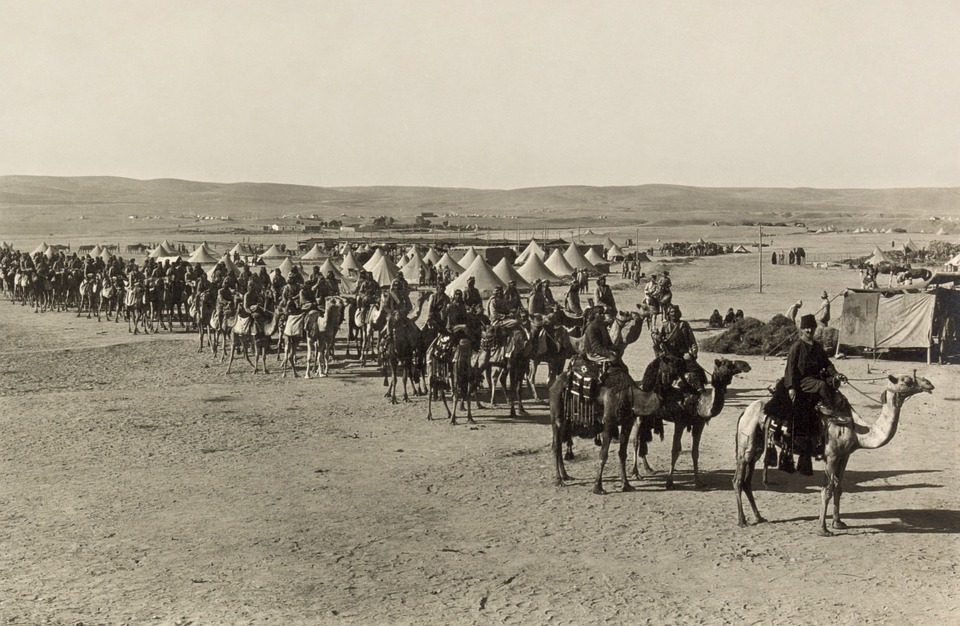
태종 때는 무슬림 '도로'가 가족을 데리고 와서 살기를 원해 태종이 직접 집을 주고 살게 했다. '도로'는 조선왕조실록에 회회 사문으로 기록이 있는데 사문은 성직자 계층을 말한다. 15 세기 초 궁중 의례에 사문들이 참석해 그들의 소유 의식으로 축하를 했고, 코란을 낭송하며 왕의 만수무강과 국가의 안녕을 빌었다는 조선왕조실록의 기록이 있다.
근대로 넘어와 1950년 발발한 6.25 한국전쟁 때 한국을 지원한 이슬람 국가는 이디오피아(1200명)와 터키(4500명)이고 사우디아라비아는 물자를 지원했다. 참전 병사들은 한국에 이슬람을 전파했다. 이를 계기로 한국 정부는 1970년 9월 이슬람 재단에 사원 건립용 부지 1500평을 제공했다.
# 한국인들의 아라비아 이주와 교류
아라비아인들만 한반도에 왕래한 것은 아니었다.한국인이 이슬람 국가인 중앙 아시아로 처음 이주한 시기는 8세기다. 이슬람 제국 Abbas 왕조는 건국 초기 중국 당 나라와 중앙아시아 Talas 강 전투에서 승리해 이슬람 제국의 중앙아시아 진출 패권을 잡았다. 이때 당나라의 장수는 고구려 유민 고선지 장군으로, 포로로 붙잡힌 3만명의 병사 중 2만여명이 고선지 장군을 따라 전투에 용병으로 참여한 고구려가 멸망해 삶을 찾아 당나라에 간 고구려 유민들이다.
한국인들의 두번째 아라비아 이주는 20세기 초다. 일제 치하 자주권이 없는 한국인은 일본의 강제 징용으로 인해 연해주에 갔다. 하지만 스탈린의 연해주 한국인 강제이주 명령에 따라 연해주에 살던 17만 5000명의 한국인들이 중앙아시아로 갔다. 강제 이주로 한국인이 간 지역은 지금의 카자흐스탄, 우즈베키스탄으로 이슬람 국가이다.
1970년대 초반 2차에 걸친 오일 쇼크 사태는 중동 산유국에 '건설붐'을 일으켰다. 이는 자연스럽게 양국의 성공적인 경제협력의 토대가 됐다. 당시 6.25 한국전쟁 여파로 가난했던 한국은 중동 산유국 특히 사우디아라비아에 70년대 말부터 80년대 중반까지 매년 20만명의 근로자를 보냈다. 한국은 우수인력의 해외 진출을 희망했고, 산유국 아라비아 국가들은 우수한 인력을 구했기 때문에 양국이 모두 환영하는 교류가 시작됐다. 당시 사우디아라비아를 다녀온 한국인 산업전사는 500만명에 달하며 이들의 땀은 오늘날 한국의 눈부신 경제성장의 밑거름이 됐다.
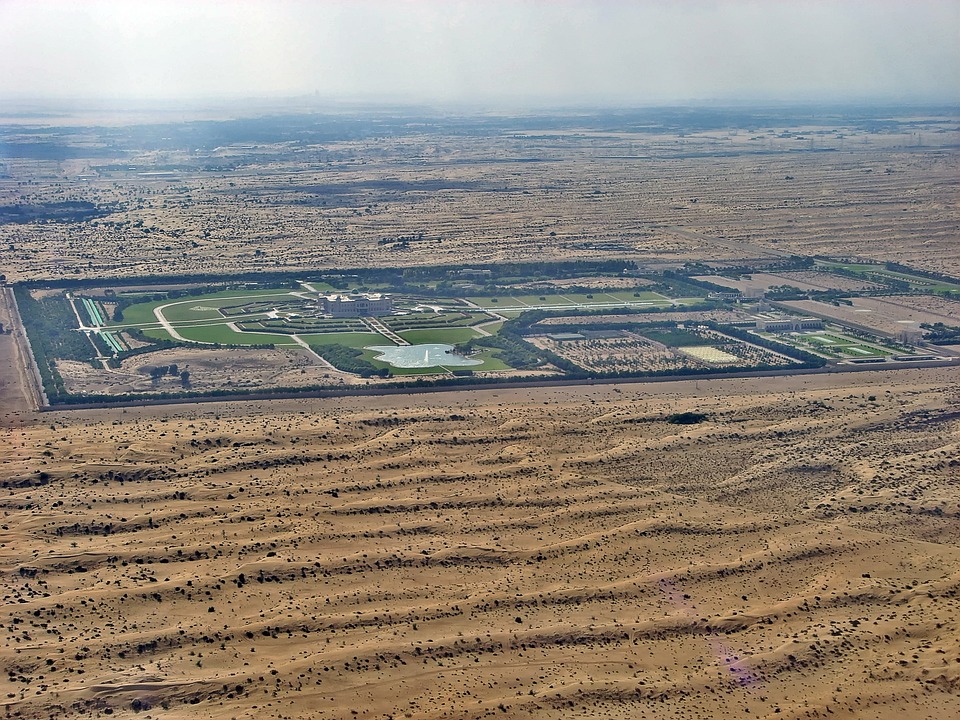
# 수세기 이어온 귀화의 역사, 최초의 귀화 아라비아인 '덕수 장씨'
수세기동안 이어져온 한국과 아라비아의 왕성한 교류의 역사는 곧 귀화의 역사이기도 했다. 신라 말 9세기에서 고려 초 10세기에는 벽란도 일대에 4만에서 7만에 이르는 외국인이 모여 살았는데 대부분은 이슬람 상인이었다.
실제 중국 원나라 때의 사서 송사(宋史)기록에 따르면 고려 첫 백 년 동안 17만명이 귀화(歸化)했다. 그 당시 고려 인구 200만 중 거의 8%가 귀화한 민족이라는 것이다. 조선초기 제작된 고려시대 역사책 고려사 기록에도 "현종 15년 9월에 이슬람 상인 100명, 1025년에 100명, 1047년에 100명 입국을 허가했으며, 이들은 방물을 바치고 귀화도 했다. 고려에는 아라비아 상인들이 많아 예배처도 있었고, 이들은 국가행사 팔관회에도 참가했다"는 기록이 있다.
21세기 현재의 한국에서도 아라비아 후손들이 살아가고 있다. 고려시대 왕으로부터 성씨를 하사 받고 귀화한 덕수 장씨가 대표적으로 이어져온 후손이 30만명에 달한다. 고려사에 따르면 충렬왕과 결혼을 하기 위해 원 세조의 딸 제국 공주가 고려에 올 때 시종(Attendant)으로 온 回回(회회)인(이슬람교의 중국식 표현)이 왕으로부터 장순용이라는 이름을 하사받았는데 이 사람이 덕수 장씨의 시조다.
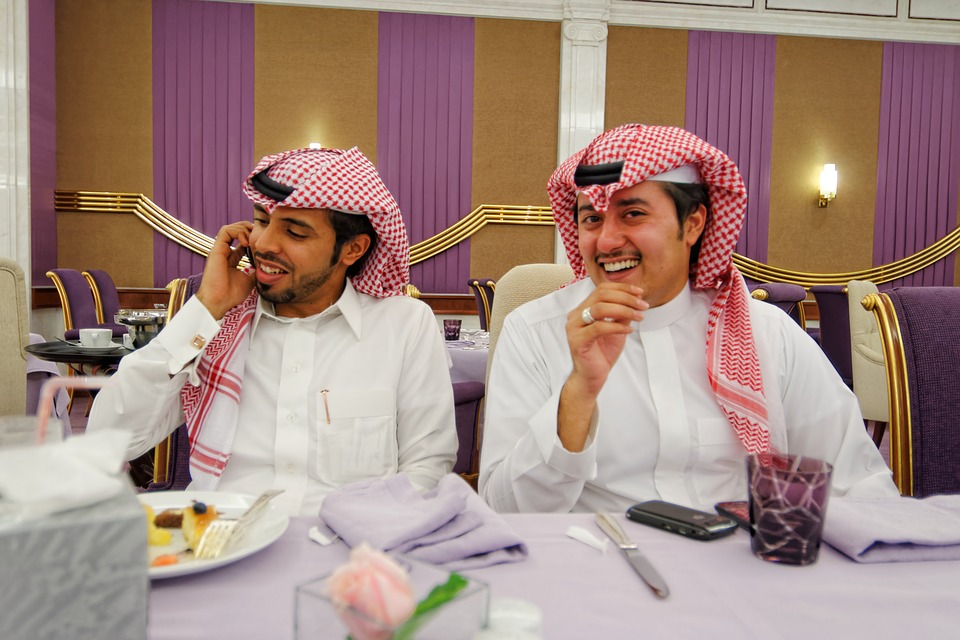
장순용은 공주를 모시고 온 원나라 고위인사였다. 독자적인 외교력을 행사할 수 없었던 고려는 장순용의 도움이 필요해 왕이 특별히 성씨를 하사했고, 장순용도 종2품 첨의참리(僉議參理)로 고려에 많은 도움을 주며 공식적으로 귀화한 최초의 아라비아인이다. 충렬왕 때 고려에 귀화한 아라비아인 민보(閔甫)는 대장군을 제수 받았고, 충렬왕의 사신으로 네 차례나 원나라에 다녀왔으며 충선왕 때는 평양(平壤) 부윤(府尹)이 됐다.
덕수 장씨 외에도 성씨를 하사 받지 못한 아라비아 후손들은 아주 많아, 한반도에 살고 있는 아라비아 후손은 아주 많다고 산술할 수 있지만, 공식 통계는 없다.
# 융합의 DNA '번영의 역사' 이어갈 것
6세기부터 이어져 온 한국과 아라비아의 관계는 융합과 번영의 역사를 써왔다. 해상 교역 번영의 시대를 누렸던 신라, 고려와 20세기 근대에 양국이 협력해 이뤄낸 기적의 가까운 경제적 성과들이 그 증거들이다. 한국 정부는 이번 빈 살만 왕세자의 방한을 계기로 사우디와 제반 분야에서의 실질적인 협력이 강화될 것으로 기대하고 있다. 건설‧인프라, 에너지 등 전통적 협력을 넘어 정보통신기술, 원전, 친환경 자동차 등 산업 외에도 양국간 인적교류 확대에도 적극 나선다는 계획이다.
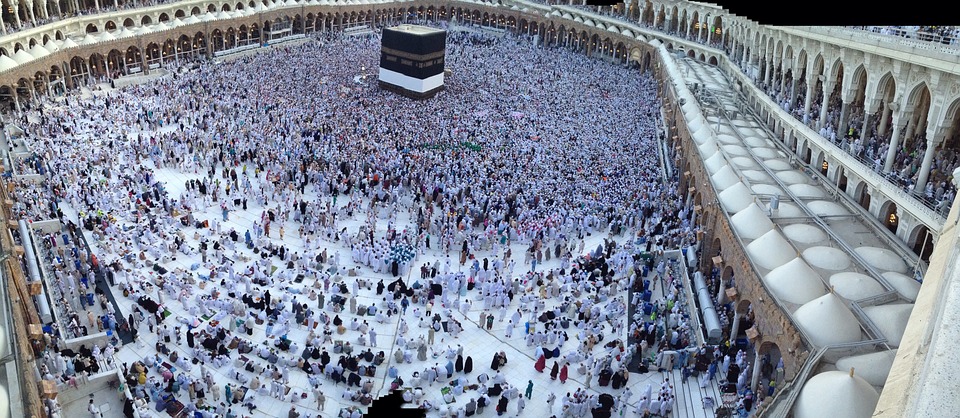
이종천 한국-사우디 친선협회(Korea Saudi Friendship Society)회장은 "한반도에 사는 아라비아 후손들은 DNA가 유사해 신속한 사우디아라비아 적응이 가능하다. 한반도에 사는 아라비아 후손들은 아라비아와 교류 및 문화 영토 확장에 큰 자산이다."라고 말했다.
어어 "아라비아 상인 DNA를 가진 한국 기업인들이 사우디 '비전 2030'에 참여, 'Made in KSA' 제품을 만들어 전세계로 수출한다면, 양국은 역사가 가르쳐 준 교훈처럼 서로 번영할 것을 확신한다."고 강조했다.
[Special Report] [Vin Salman, Crown Prince of Saudi Arabia] "A long time ago, the Arabian Empire and the Nation of Korea were brothers."
DNA of history, fusion, and prosperity of cooperation between the two countries since the 6th century
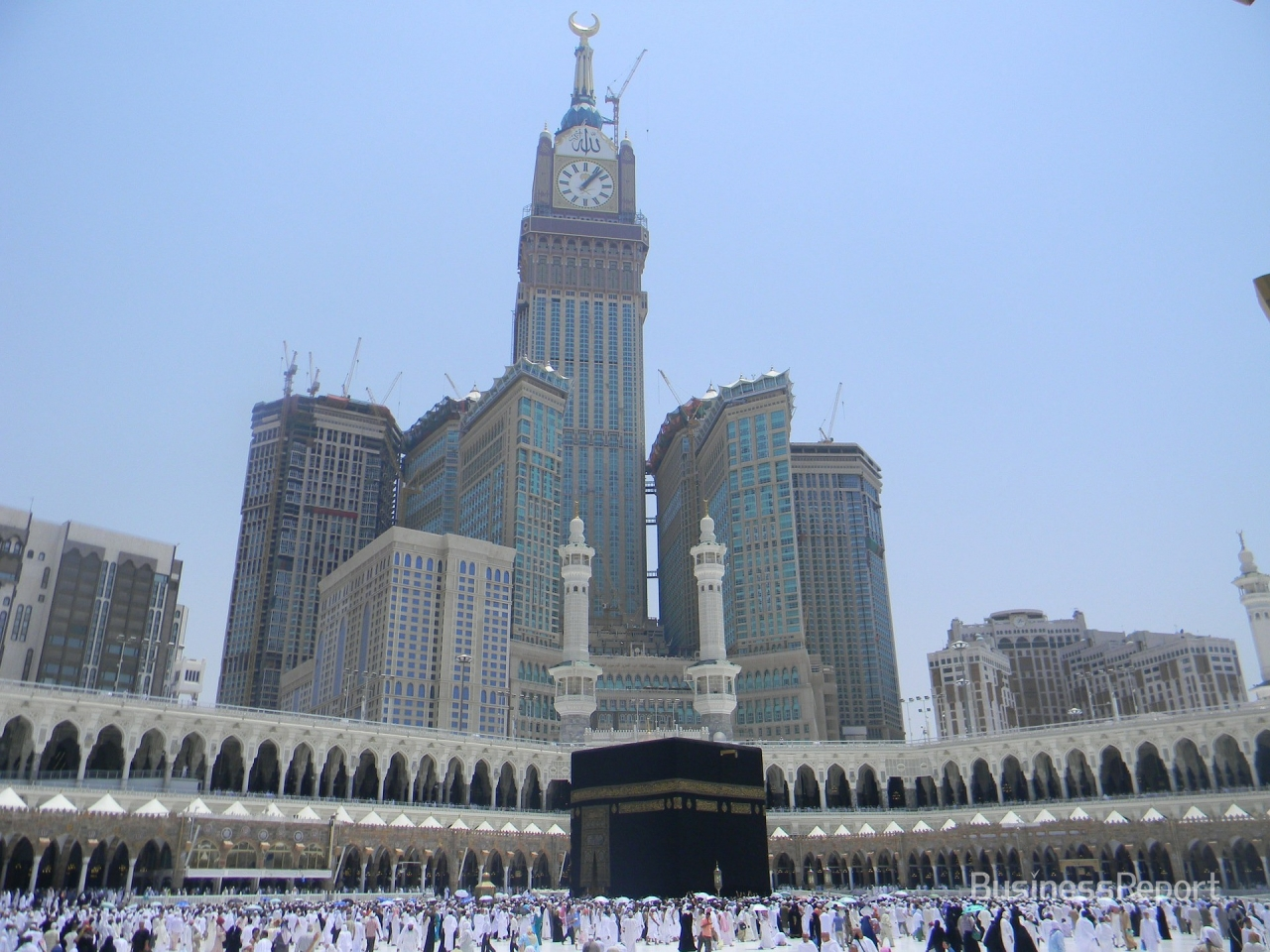
By Editor-in-chief Jae-hong Kim / Editorial Writer Soojin Cho / Editorial Writer Jeong-won Moon
Saudi Arabia's Crown Prince and Deputy Prime Minister Muhammad bin Salman, 34, will visit South Korea on Wednesday. This will be the Crown Prince’s first visit to South Korea since Moon Jae-in became president. It also marks the first time in 21 years that an heir apparent to the throne of Saudi Arabia has visited the country, the last being Crown Prince Abdullah in 1998. The visit is raising hopes for greater economic cooperation between the two countries. Saudi Arabia is the first country in the Middle East that Korean domestic construction companies and heavy industries entered during the 1970s and 1980s.
The successful results in construction and civil engineering projects, made possible by the sweat and toil of Korean laborers in the barren desert of the Middle East, are still seen as a symbol of the close relationship and economic cooperation of the two countries today.
Through bilateral cooperation at that time, South Korea was able to procure foreign currency, which was the foundation for the so-called "Miracle on the Han River". In return, Saudi Arabia was able to develop and modernize by achieving successful construction of key national infrastructure facilities.
The close and fruitful bilateral economic cooperation which was unbiased towards the interests of either country is still considered a model case by the international community. However, relations between the two countries go back much further than the events of the 1970s and 1980s, with blood and trade being shared throughout the centuries.
The `Doksu Jang Clan’ of South Korea can trace their origins back to Arabia, when a Muslim official was naturalized and granted their official surname by the king at that time. The clan has thrived over the years with approximately 300,000 descendants. In light of this, the Global Digital Economy Newspaper (Business Report) will feature a special article titled "Korea-Arabia, We Are Brothers" on the occasion of Saudi Crown Prince Bin Salman's visit to Korea on June 26.
The article will highlight the trade and cultural relationship that Korea and Saudi Arabia have shared like brothers over the centuries and also look towards a bright, friendly future.
The first documented relations between the two countries began in the 6th century when Arabian merchants first stepped foot on the Korean peninsula. These trade relations continued through the Goryeo and Joseon periods, and the Kingdom of Saudi Arabia also helped during the Korean war of 1950-53 by providing supplies.
Relations between Korea and Arabia were made possible by the Kkngdom of Baekje during the Three Kingdoms Period. Baekje won the war against Goguryeo in the middle of the fourth century which allowed them to seize control of the Yellow Sea territory. This paved the way for future Arabian merchants to come to the Korean Peninsula by exploring sea routes to Northeast Asia, Southeast Asia and India.
It was during the Silla Dynasty in the 6th century that Arabian merchants first began to travel to and from the Korean Peninsula. Arabian merchants who visited the port of Ulsan said Silla "has no plague, the water is good, the land is greasy, the people are innocent and the nature is beautiful." Arabian merchants saw Silla as an "ideal country” and it is recorded that "The land of immortality [Silla] is an ideal nation that I would like to visit once." From that time on, Arabic merchants called it Al-Shilla, Kaoli, and in modern terms Silla is called Korea.
After the kingdom of Silla conquered the other two kingdoms of Baekje and Goguryeo, the Unified Silla period of Korean history began. During this time commercial trade flourished quickly as more ships traveled to the Korean Peninsula. This was mainly due to the establishment of the international trade port of Ulsan Unified Silla encouraged global trade by establishing trade links with Tang China, and trading routes throughout the Yellow Sea, the Southern Ocean and East China Sea. Due to the ease of trade and exchange, Wabidan, a Persian prince who was defeated in the 7th century (224-651) came to Silla in 651 and lived there for 20 years before returning to Baghdad to restore his monarchy. ("Arab librarian", 1230).
Between the 9th century and the early 10th century of the Silla Dynasty, 40,000 to 70,000 foreigners lived in the outskirts of the capital city, Boryando, most of them Muslim merchants. Later during the Goryeo Dynasty, Islamic merchants traded actively throughout the 11th century helping to inform the world of the existence of Goryeo.
During the Joseon Dynasty, there was less trade than before, but the naturalization of Arabian merchants continued. Following the Goryeo Dynasty, the Joseon Dynasty also gave special honors to Arabian merchants, including giving them government posts along with their Korean surnames. They were also given homes where they could live in their traditional way of life.
During King Taejong's reign (1400-1418), the Muslim "Road" desired to bring his family to live in Korea, so the King provided a house for him to live in. The Muslim “Road" is recorded in the Annals of the Joseon Dynasty as a synagogue editorial, which refers to the clergy. It is also recorded in the Joseon Dynasty's Annals of the Early 15th century that when Muslim envoys attended court ceremonies they celebrated using their own religious rituals, and recited the Quran to pray for the king's good fortune and the well-being of the nation. In the 20th century, during the Korean War several Islamic countries supported South Korea, these included; Ethiopia with 1,200 troops and Turkey with 4,500 troops. Although Saudi Arabia did not send fighting troops, it helped supply South Korea with much needed supplies.
In recognition of the role Islamic nations and war veterans played during the war of 1950-53, the Korean government provided 1,500 pyeong of land in September 1970 for the construction of Seoul Central Mosque in Itaewon.
# Arab migration and exchange of Koreans
But the flow of culture and trade between the two nations was not just one way. Koreans first moved into Muslim Central Asia in the 8th century and fought alongside the Tang Dynasty to try and remove the hegemony of the Abbasid Caliphate in the region. This culminated in the Battle of Talas River, where a general from Goryeo named Yumin along with between 20-30,000 Korean mercenaries were killed and the Tang dynasty were defeated.
The second migration of Koreans to Arabia was in the early 20th century. Koreans living without sovereignty during the Japanese colonial period of Korea (1910-1945), were sent to work as forced laborers in the Maritime Province of Korea. In 1937, Stalin mandated that approximately 175,000 ethnic Koreans be forcibly relocated to parts of Central Asia, including the Muslim countries of Kazakhstan and Uzbekistan.
Later during the 20th century, the oil shocks of the second half of the 1970’s caused a `construction boom’ in Middle Eastern oil producing nations. South Korea, poor at the time due to the aftermath of the Korean War, sent approximately 200,000 workers annually from the late 1970’s to the mid-1980’s to the region, particularly Saudi Arabia. South Korea sought to make inroads into foreign markets through sending talented, committed workers. During that time the number of Korean workers who visited Saudi Arabia reached at its peak approximately 5 million. Due to this exchange of manpower for foreign currency and the hard work and sweat of Korean people Korea’s remarkable economic growth was born.
# History of naturalization, the first naturalized Arabian 'Doksu Jang'
The centuries old relationship between Korea and Arabia, is also a history of naturalization. From the 9th century to the late 10th century, about 40,000 to 70,000 foreigners lived in Boryando, Korea mostly Muslim merchants.
According to the records of the Song Sa, a librarian from the Chinese Yuan Dynasty, 170,000 people were naturalized during the first hundred years of the Goryeo Dynasty. At that time, nearly 8% of the 2 million people in Korea were naturalized.
In history books from the Goryeo Dynasty, it is written; "In the 15th year of the Goryeo Dynasty, 100 Muslim merchants were naturalized, 100 in 1025 and 100 in 1047 were allowed to enter.” There were a lot of merchants, there were worshipers, and they also participated in the national events at the palace. "
There are of course, people of Arabian descent living in Korea today. According to the history of Goryeo, the royal princess Jeguk, daughter of Kublai Khan entered Goryeo with her father to marry King Chungryeol of Goryeo. Goryeo at that time was unable to exercise any independent diplomatic power, and so the marriage took place. Her father, a high ranking government official of the Yuan Dynasty of China was the first Arabian person to become a naturalized person of Korea. He was given the name Jang Sun Ryong by the king. It is estimated that here have been by today an estimated 300,000 naturalized people that can be traced back to Jang Sun Ryong and the Doksu Jang Clan he founded.
Minbo, another Arabian naturalized in Goryeo during the reign of King Chungryeol, became victorious in the army and served as personal envoy for King Chungryeol, to Yuan four times. He later became the ruler of Pyongyang during the reign of King Chungseon.
Aside from Doksu Jang clan, there are many other Arabian descendants whose ancestors were not granted an official surname by a king of Korea. It is speculated that the number of people of Arabian descent is very large, however no official statistics exist.
# DNA of fusion 'History of prosperity'
The ongoing relationship between Korea and Arabia since the 6th century is a rich history of convergence and prosperity. From the maritime trade eras of Silla and Goryeo, right into the modern 20th century, the two countries of Korea and Saudi Arabia have shared in economic success.
The South Korean government expects the visit by Crown Prince Bin Salman will strengthen the relationship and practical cooperation with Saudi Arabia in various fields. Beyond traditional cooperation such as construction, infrastructure and energy, the government plans to actively expand human exchanges between the two countries in addition to industries such as information and communication technology, nuclear power plants and eco-friendly cars. Lee Jong-cheon, president of the Korea-Saudi Friendship Society, said, "Arabic descendants of Arabs living on the Korean Peninsula have similar DNA so they can adapt to Saudi Arabia quickly. The Arabian descendants living on the Korean Peninsula are big assets in exchange and cultural and territorial expansion with Arabia," he said. "If Korean businessmen with commercial DNA participate in Saudi Vision 2030 and make and export 'Made in KSA' products to the world, I am sure the two countries will prosper as history has taught us."
By Editor-in-chief Jae-hong Kim / Editorial Writer Soojin Cho / Editorial Writer Jeong-won Moon


